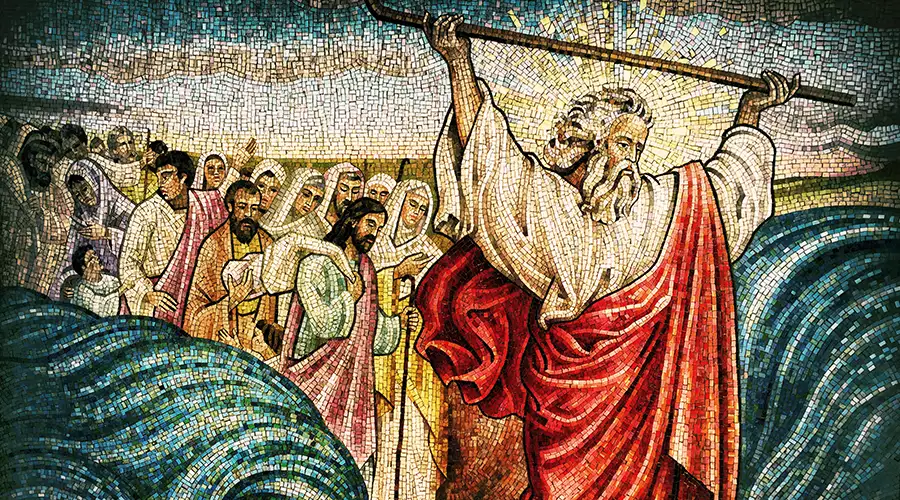Archaeologists have unearthed secrets of an ancient city that could prove the story of Moses’ guidance to the Hebrews.
The findings could be significant given the lack of physical evidence supporting the historical significance of the city.
The treasures, which include pottery and stone walls, were discovered in a town known as Zanoah, which is mentioned in the Bible.
According to the Bible, the Israelites traveled to the Promised Land around 1406 BC.
The team also discovered a jar handle that had the name of a ruler featured in the Bible, which could provide additional proof of Moses’ teachings.
The Exodus story begins with the Israelites being taken away from Egypt and forced to work under Pharaoh after he is coerced into committing numerous plagues.
After leading the Israelites to the Red Sea, Moses stretched out his hands and caused the water to split.
However, after the Egyptians caught up to the Israelites, God again told Moses to extend his hand. The sea then engulfed the army.
The group then traveled to the Sinai Peninsula. According to the scriptures, they encountered Mount Sinai and Moses had the 10 commandments.
However, they were too scared to enter Canaan’s southern border. The Israelites then went to the eastern portion of the country, where Moses was buried on the Mount Nebo.
In the next book of Joshua, the Israelites were led to the Promised Land. They then conquered Jericho.
In addition, Zanoah was mentioned in the book. The boundaries of the tribes of Judah were revealed in Joshua 15:34.56, which also includes the cities of Zanoah.
Although archaeologists dug the site in 2019, they discovered walls that were made of white rocks.
The researchers also uncovered pottery that had the inscription “of the King.” This was to honor King Hezekiah, who was the ruler of Judah during the time of his reign.
In 2 Chronicles, it’s stated that the king rebuilt the Temple of Solomon, which was referred to as the First Temple.
Fragments of pottery have been found throughout the landscape, which dates back to when the Israelites first arrived.
Archaeologists were able to write a description of a bowl made of white limestone, which they said had a wide rim and three concentric rings.
They also found jugs and bowls that had perforations, which suggested that these were used as lanterns.
Although the researchers didn’t provide a precise time when the objects were made, they noted that they were bronze jewelry.
Other signs that could prove that people once resided in the area include nails, tools, and bronze strips that were used for welding.
According to the researchers, the majority of the objects they unearthed were from the area’s hill slopes, which suggests that the site was used for farming.
It comes as a new chapter in the Bible was revealed after it was accidentally erased by a scribe 1,500 years ago.
The site’s discovery dates back to the third century. It includes chapters from the book of Matthew.
It is regarded as one of the earliest known translations of the Gospels, and it is currently being studied by scholars.


